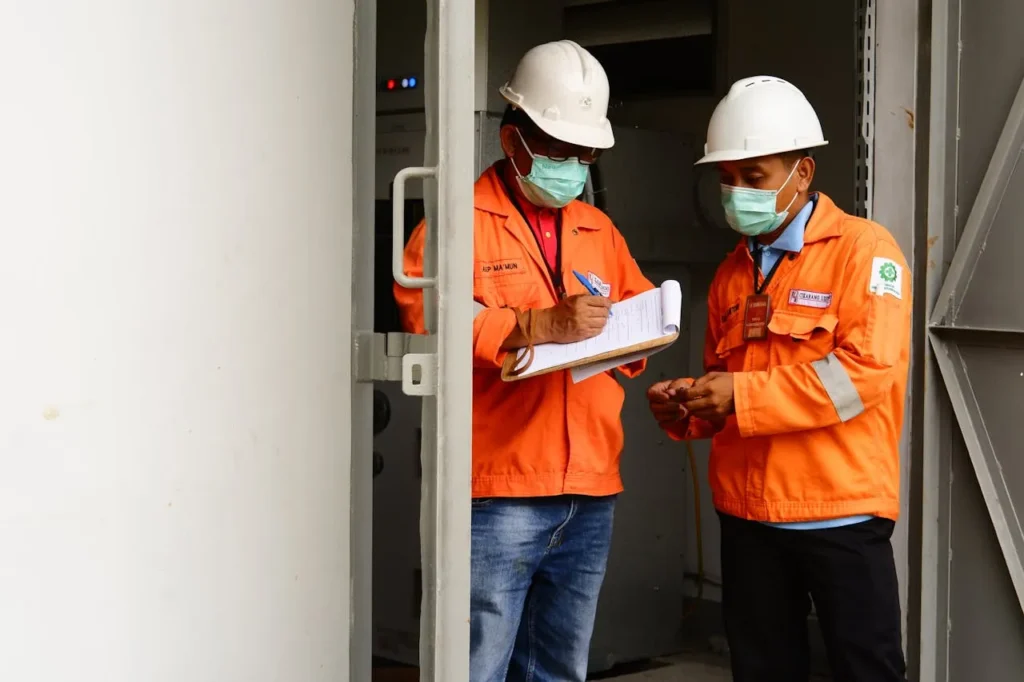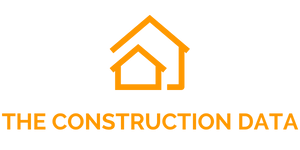
Argentina Construction Report 2024: 21% Drop Amid Budget Cuts & Rising Costs – Forecast to 2028
The “Argentina Construction Market Size, Trends, and Forecasts by Sector – Commercial, Industrial, Infrastructure, Energy and Utilities, Institutional and Residential Market Analysis to 2028 (Q4 2024)” report has been added to ResearchAndMarkets.com’s offering.
Argentina’s Construction Industry Faces Major Decline in 2024
Argentina’s construction industry experienced a dramatic decline of 21.1% in real terms in 2024. This downturn was driven by a combination of factors, including soaring inflation, rising construction costs, and severe fiscal budget cuts. The economic landscape has created an unfavorable environment for the sector, further exacerbated by macroeconomic instability and policy shifts.
Economic and Political Context
In December 2023, President Javier Milei’s administration initiated a strict austerity program to tackle Argentina’s economic crisis. The devaluation of the Argentine peso was a key policy move intended to control imports, curb inflation, and reduce the country’s fiscal deficit. However, these measures also led to skyrocketing construction costs. The average construction cost index in Greater Buenos Aires—home to nearly 33% of Argentina’s population—rose by 231.8% year-on-year (YoY) in the first seven months of 2024, following a 138.6% increase in 2023, according to the National Institute of Statistics and Census of Argentina (INDEC).
The effects of these economic shifts have rippled through the industry, resulting in widespread project cancellations and stagnation. Additionally, budget cuts have severely impacted key sectors, including public infrastructure and education. Notably, public universities faced a drastic budget reduction of 71% for 2024, further stifling construction activity and contributing to the overall economic slowdown.
Impact on Construction Projects
The contraction of the construction industry is evident across multiple sectors, including commercial, industrial, and residential construction. Key infrastructure projects have been halted or delayed, while new permits for residential and commercial buildings have declined.

Despite these challenges, the industry is expected to stabilize by the latter half of 2025 as inflationary pressures ease and builder confidence improves. This recovery is anticipated to be supported by declining interest rates. In November 2024, the Central Bank of Argentina (Banco Central de la República Argentina – BCRA) reduced the interest rate by 500 basis points from 40% in May 2024 to 35%, signaling a potential shift toward more favorable economic conditions.
Forecast and Growth Potential (2025-2028)
Looking ahead, the Argentine construction industry is projected to register an average annual growth rate of 4.7% from 2025 to 2028. This recovery is expected to be driven by investments in key sectors, particularly transportation, renewable energy, and oil and gas.
One of the most significant developments in this regard is the planned liquefied natural gas (LNG) project in Sierra Grande. In July 2024, Malaysian state-run oil company Petronas and Argentine energy company YPF announced a joint investment of ARS41.7 trillion ($30 billion) to develop this project by 2027. This large-scale initiative is expected to generate substantial employment opportunities and stimulate economic activity in the region.
Sectoral Analysis and Key Insights
The report provides a detailed analysis of various construction sectors, each facing unique challenges and opportunities:
- Commercial Construction
- Growth in commercial projects has been sluggish due to high inflation and reduced consumer spending.
- Large-scale retail and office space developments have stalled, though recovery is expected alongside economic stabilization.
- Industrial Construction
- The manufacturing sector has faced setbacks due to import restrictions and supply chain disruptions.
- Investments in industrial parks and logistics centers could support future recovery.
- Infrastructure Construction
- Major infrastructure projects, including roads, bridges, and public transit, have been impacted by government budget cuts.
- Public-private partnerships (PPPs) could play a crucial role in revitalizing infrastructure development.
- Energy and Utilities Construction
- Renewable energy projects, particularly wind and solar, remain a bright spot in the industry.
- The LNG project in Sierra Grande is expected to drive significant investment and growth.
- Institutional Construction
- Public institutions, including universities and healthcare facilities, have faced severe funding cuts.
- Future recovery in this sector depends on economic improvements and potential policy reversals.
- Residential Construction
- Declining purchasing power and high mortgage rates have dampened demand for new residential developments.
- Interest rate reductions and economic stabilization could stimulate growth in this sector by 2026.
Key Market Insights and Business Strategies
The report provides valuable insights for investors, developers, and policymakers looking to navigate Argentina’s volatile construction market. Key takeaways include:
- Market Opportunities: Identifying potential growth areas using standardized valuation and forecasting methodologies.
- Data-Driven Analysis: Over 600 time-series data forecasts provide detailed market insights at a micro level.
- Risk Assessment: Evaluating business risks related to costs, regulations, and competitive pressures.
- Strategic Planning: Developing informed business strategies based on actionable insights from industry analysts.
- Competitive Landscape: Understanding key industry players, including contractors and consultants, and assessing their market positioning.
Despite the significant contraction in 2024, Argentina’s construction industry holds potential for recovery in the coming years. Government policies, economic stabilization measures, and strategic investments in critical infrastructure and energy projects will be key factors in driving growth. While challenges remain, the long-term outlook suggests a gradual rebound, making it crucial for stakeholders to adopt adaptive strategies and capitalize on emerging opportunities.
Report Coverage and Additional Information
The “Argentina Construction Market Size, Trends, and Forecasts by Sector – Commercial, Industrial, Infrastructure, Energy and Utilities, Institutional and Residential Market Analysis to 2028 (Q4 2024)” report includes:
- Historical and forecast valuations of the construction industry in Argentina (2019-2028).
- Sector-wise segmentation, including commercial, industrial, infrastructure, energy and utilities, institutional, and residential construction.
- Analysis of major ongoing and upcoming projects, broken down by development stage.
- Listings of leading contractors and consultants operating in the market.




